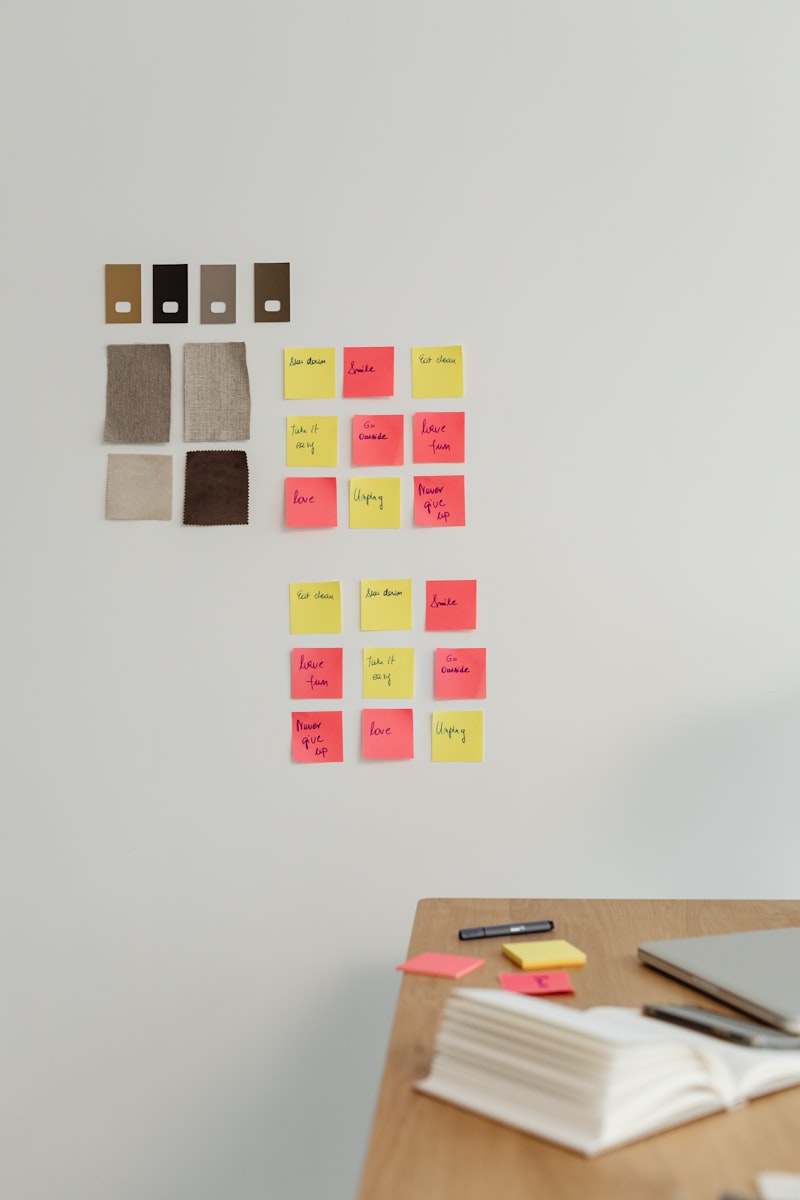Maintaining Product Consistency with Design Partners: A Key to Success
Maintaining Product Consistency with Design Partners: A Key to Success
In today’s fast-paced market, maintaining product consistency is essential for any brand striving for success. Whether you are a startup or an established company, collaborating with design partners can significantly influence the quality and uniformity of your product offerings. In this article, we will explore how to maintain product consistency with design partners, the benefits of strong partnerships, and best practices for successful collaboration.
Understanding Product Consistency
Product consistency refers to the reliability and uniformity of products across different batches and design iterations. Consistency ensures that customers experience the same quality, functionality, and design aesthetic, contributing to brand loyalty and trust. A well-coordinated effort with design partners plays a crucial role in achieving this uniformity.
The Importance of Design Partners
When companies collaborate with design partners, they tap into external expertise that elevates their product quality. Design partners, including design agencies, freelance designers, and industry specialists, bring unique perspectives and skills that can refine a product's aesthetics and performance. Here are some key reasons for partnering with design experts:
- Access to Specialized Skills: Design partners possess specific skills tailored to your needs, whether it be user interface design, product development, or packaging innovation.
- Fresh Perspectives: External partners often see things from a different angle, which can inspire innovative solutions and align products with market trends.
- Efficiency: By collaborating with experienced professionals, companies can speed up the design and production process, leading to quicker time-to-market.

Establishing Communication and Expectations
Clear communication is essential in any partnership. Before starting a project, it is vital to establish expectations and guidelines to ensure everyone is on the same page. Here are some effective strategies to maintain open lines of communication:
- Regular Meetings: Schedule frequent check-ins to discuss progress, challenges, and feedback to keep the project on track.
- Using Collaboration Tools: Leverage technology with tools like Slack, Asana, or Trello to streamline communication and task tracking.
- Documentation: Maintain thorough documentation of design parameters, revisions, and agreements to avoid misunderstandings later on.
Setting Design Standards
To maintain product consistency, defining clear design standards is crucial. These standards should encompass all aspects of the product, from materials and colors to dimensions and performance criteria. Here's why having design standards is beneficial:
| Category | Description |
| Materials | Specify the types of materials that can be used, ensuring durability and quality. |
| Color Palettes | Define a color palette to maintain aesthetic consistency across products. |
| Branding Elements | Include logos, typography, and other brand elements in design documentation. |
| Quality Control | Set benchmarks for quality assurance to ensure every product meets standards. |
Encouraging Innovation While Maintaining Consistency
It’s important to strike a balance between innovation and consistency. While creating new and exciting designs is essential, maintaining a consistent brand identity is equally important. Here are some practices to encourage both:
- Design Iterations: Regularly seek feedback from design partners and incorporate their insights into product iterations.
- Prototype Testing: Create prototypes to test designs before going into full-scale production to ensure adherence to standards.
- Market Research: Keep updated with market trends to ensure your product aligns with consumer expectations while remaining true to your brand.
Feedback and Iteration Processes
Feedback is crucial in refining designs and ensuring product consistency. Implementing a structured feedback process can greatly enhance collaboration with design partners:
- Constructive Criticism: Provide feedback that focuses on how to improve rather than merely highlighting errors.
- Collaborative Workshops: Conduct workshops with design teams to brainstorm and develop multiple design concepts.
- Feedback Loops: Use a structured feedback loop where both teams can validate ideas and designs over multiple iterations.
Evaluating Performance and Success
It is essential to evaluate the performance of products consistently delivered by design partners. This evaluation should consider several metrics to determine success:
- Customer Satisfaction: Gather customer feedback on product quality and design to ensure it meets or surpasses expectations.
- Return Rates: Monitor product return rates to identify any recurring issues that may arise from design shortcomings.
- Sales Data: Analyze sales performance before and after implementing new designs to gauge their effectiveness.
Conclusion: Achieving Success Through Consistency
In conclusion, maintaining product consistency with design partners is paramount for any brand seeking success in the competitive market. By establishing clear communication, setting design standards, encouraging innovation, gathering feedback, and evaluating performance, companies can create products that resonate with their customers while building strong partnerships with design experts. Remember, the key to a successful collaboration lies in the ability to unify creativity with a steadfast commitment to consistency.
As you embark on your journey of collaborating with design partners, consider these best practices and continuously seek ways to improve your processes. A focus on maintaining product consistency will not only strengthen your brand identity but also enhance customer loyalty and satisfaction.
